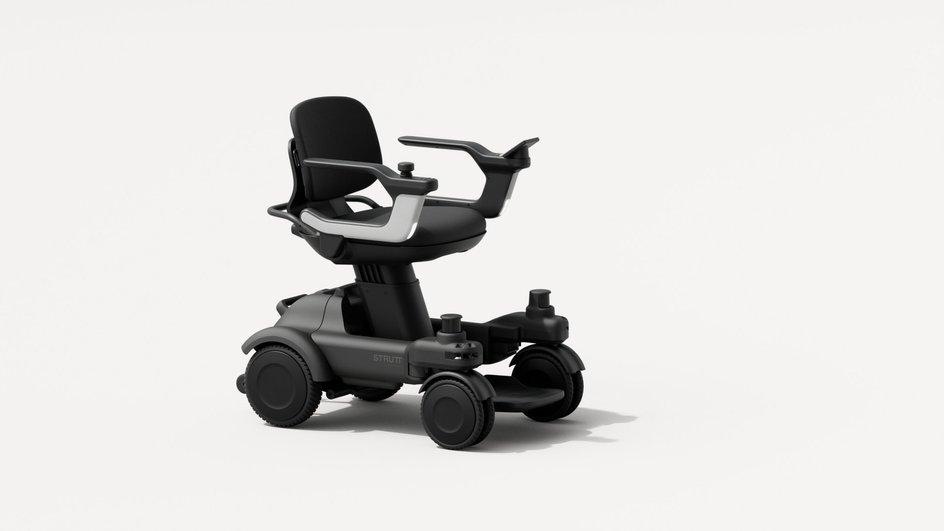Personal Mobility Devices Market Fueled by Healthcare Innovation and Shifts in Demographic Trends Worldwide

The global personal mobility devices market is experiencing rapid expansion, driven by demographic shifts, technological advancements, and increasing awareness of assistive technology. As demand for mobility solutions grows, so too does the competition among manufacturers, innovators, and service providers. This article delves into the current landscape of the personal mobility devices market, highlighting key players, market dynamics, innovation trends, and strategic developments that are shaping the competitive environment.
Market Overview
Personal mobility devices include a range of products such as wheelchairs, mobility scooters, walking aids, and powered exoskeletons. These devices are primarily designed to assist individuals with limited mobility due to age, disability, or injury. With the aging population increasing globally—especially in developed regions—demand for these devices is on the rise. Furthermore, advancements in medical technology and rehabilitation equipment have fueled the expansion of product offerings, contributing to intense market competition.
Key Players and Competitive Strategies
The personal mobility devices market is dominated by several global and regional companies. Key players include Invacare Corporation, Pride Mobility Products Corp., Permobil AB, Sunrise Medical LLC, and Ottobock. These companies compete through product innovation, brand reputation, service reliability, and global distribution networks.
To maintain a competitive edge, leading firms are investing heavily in research and development. For example, Permobil has focused on integrating smart technologies into its powered wheelchairs, offering users real-time data and customized settings. Similarly, Sunrise Medical has introduced lightweight, high-performance manual wheelchairs aimed at active users and athletes.
Emerging players, particularly in Asia-Pacific regions, are entering the market with cost-effective alternatives and targeting untapped local markets. Chinese manufacturers, in particular, are offering competitively priced products, increasing pressure on established brands to innovate and differentiate.
Technology and Innovation Trends
Technological innovation is at the heart of market competition. Companies are leveraging artificial intelligence, IoT, and robotics to create smarter, more user-friendly devices. Powered exoskeletons, though currently a niche segment, are gaining interest for their potential in rehabilitation and personal assistance.
Integration with mobile apps and cloud-based monitoring systems has also become a major trend. These innovations not only improve user experience but also provide data analytics for healthcare providers, adding value beyond mobility assistance.
In addition, sustainability and eco-friendly materials are being prioritized. Electric mobility scooters and battery-powered wheelchairs are incorporating lithium-ion batteries to reduce weight and enhance energy efficiency. Companies that embrace green technologies are appealing to environmentally conscious consumers and healthcare systems.
Regional Market Dynamics
North America holds the largest share of the personal mobility devices market, driven by strong healthcare infrastructure, insurance coverage, and high disposable income. However, the Asia-Pacific region is projected to witness the fastest growth due to a larger aging population base, rising healthcare expenditure, and increasing awareness.
European markets remain competitive with strict regulations and strong support for accessibility and disability rights. These factors create opportunities for companies that can navigate regulatory requirements while maintaining innovation.
In emerging markets like Latin America and parts of Africa, affordability and basic accessibility remain the main challenges. Companies that can balance cost-efficiency with quality and functionality have the potential to capture significant market share.
Challenges and Market Barriers
Despite growth opportunities, the market faces challenges. High costs of advanced devices limit accessibility for many users, especially in low-income regions. In addition, reimbursement policies vary widely between countries, affecting purchasing decisions and market penetration.
Supply chain disruptions, especially during the COVID-19 pandemic, exposed vulnerabilities in global manufacturing and distribution networks. Companies have since been investing in localized production and diversified supply chains to mitigate future risks.
Conclusion
The personal mobility devices market is characterized by strong competition, rapid technological advancement, and evolving consumer needs. While established players lead with brand value and innovation, new entrants are challenging the status quo with affordable and adaptable solutions. As the market continues to grow, the winners will be those who combine high-quality engineering, user-centric design, and strategic agility to meet the diverse needs of a global customer base.
- Art
- Causes
- Crafts
- Dance
- Drinks
- Film
- Fitness
- Food
- Games
- Gardening
- Health
- Home
- Literature
- Music
- Networking
- Other
- Party
- Religion
- Shopping
- Sports
- Theater
- Wellness


